Minds On
What’s up there?
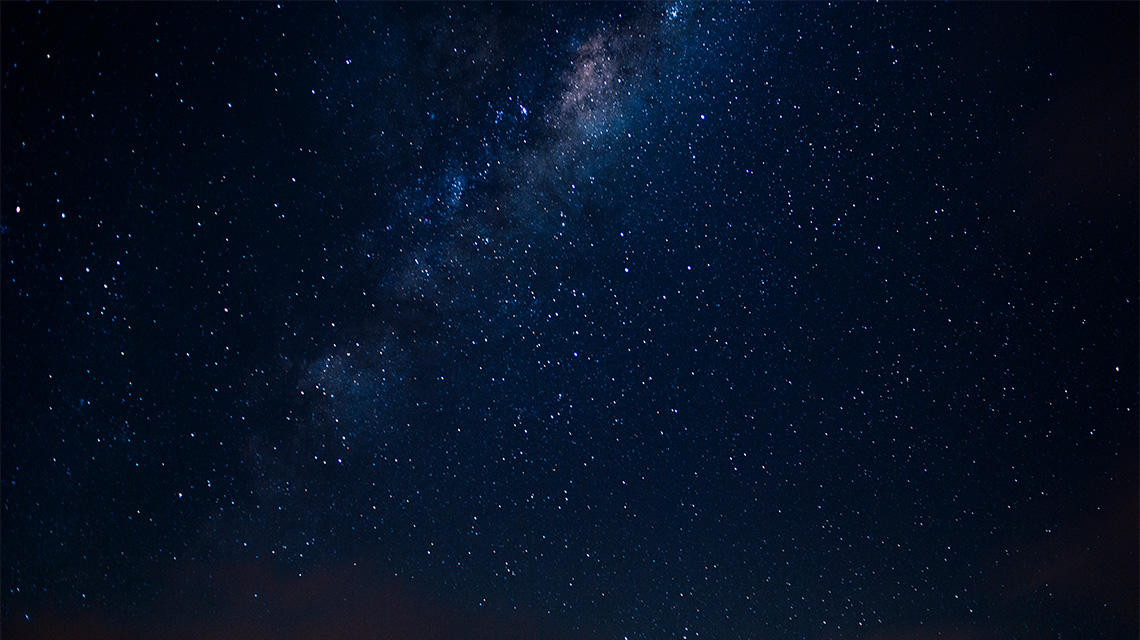
Brainstorm
Brainstorm
Consider the following questions. If possible, share your thoughts with a partner.
- What is space?
- How large is our solar system?
- What are the different parts or components of our solar system?
Action
Our Galaxy
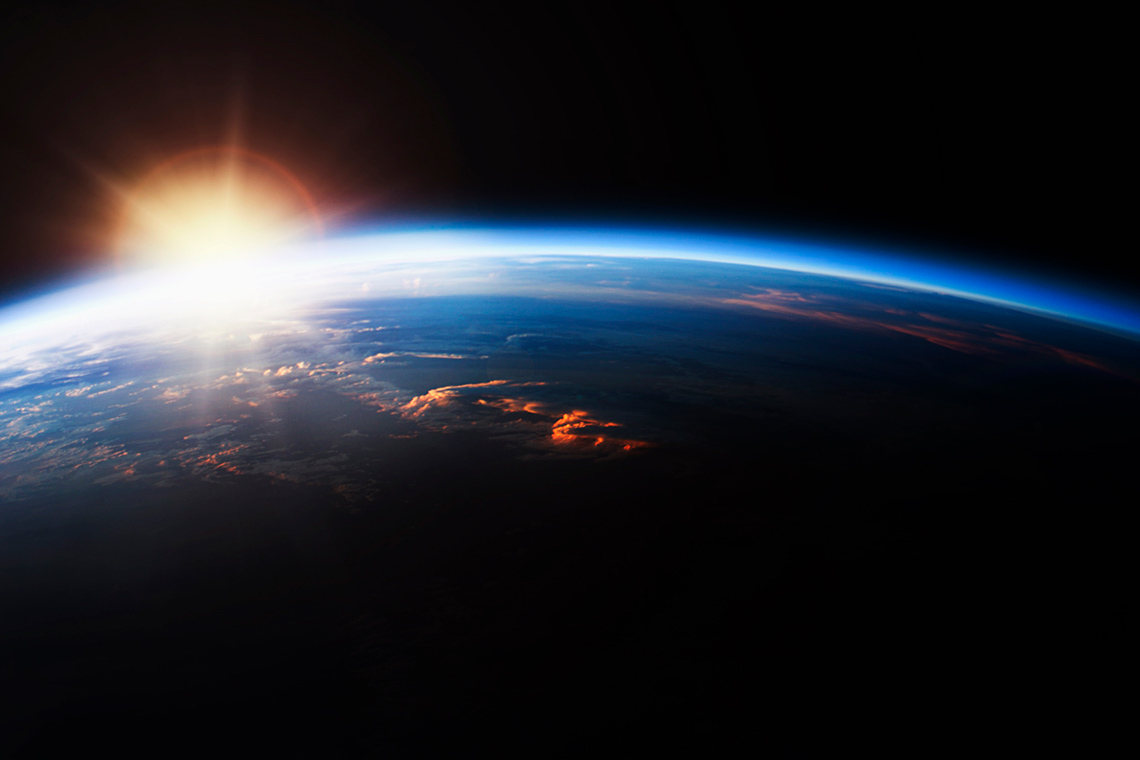
Galaxies are huge and there are more than 100 billion galaxies in the universe. Each galaxy is unique, and scientists are always discovering new galaxies, or new elements within existing galaxies.
A galaxy is a large collection of stars and their solar systems, particles of dust, clouds of gas, and many other types of interstellar matter that are all bound to each other by gravity. The Sun is the main star in our solar system, and Earth is just one of the components of its solar system. Our solar system is found in the galaxy called The Milky Way.

Press the following tabs to learn more about the different components of our galaxy.
Access this video entitled “Mercury” to learn more about the solar system’s smallest planet!
Access this video entitled “Venus” to learn more about Earth’s twin!
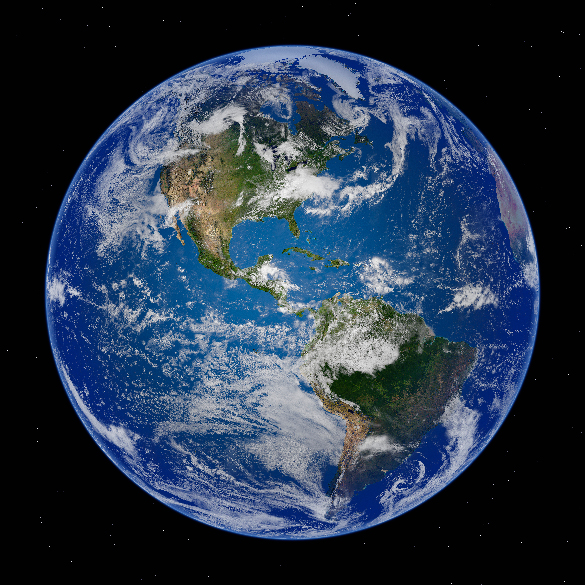
Earth is the third planet from the Sun and the largest of the inner planets. Unlike other planets, it only has one moon. Earth is also the only planet to have liquid water on it as well as many, many different living organisms!
Access this video entitled “Mars” to learn more about one of the most explored planets in our solar system!
Access this video entitled “Jupiter” to learn more about the biggest and fastest spinning planet in our solar system!
Access this video entitled “Saturn” to learn more about the sixth furthest planet from the Sun and explore its icy, rocky rings!
Access this video entitled “Uranus” to learn more about the coldest planet in our solar system!
Access this video entitled “Neptune” to learn more about this cold and slushy blue planet!
For each planet, describe its main physical characteristics using a method of your choice. Record your description using a method of your choice. You may also add any additional questions you might have about the planets in our solar system.
Did You Know?
Did you know?
Did you know that Pluto was once considered the ninth planet in our solar system?!
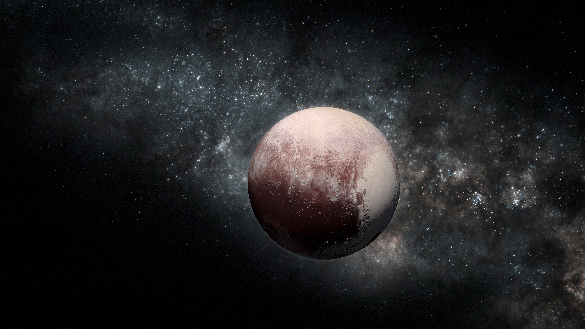
In 2006, scientists and astronomers officially changed Pluto’s status from planet to dwarf planet.
Unlike the eight planets in our solar system, Pluto does not orbit the Sun in an almost perfect circle; Pluto’s orbit follows a more oval-shaped path meaning the Sun is not perfectly centered in its orbit.
The orbits of the eight planets of our solar system follow clear paths, free of asteroids and other large components. Pluto’s orbit follows a much rockier path through the Kuiper Belt.
Explore the following examples of some of the additional components that make up our galaxy. As you explore, consider how you would describe each component. Record your descriptions using a method of your choice.

Stars are various sizes, sizes, colour, and brightness. The various temperatures and chemicals found in stars makes the shine different colours.
Stars are glowing balls of gas that are found in groups called galaxies. Most stars are made of hydrogen. The core of the star is very hot. As pressure squeezes the core of the star, some of the hydrogen changes to the gas helium. This energy causes the star to shine.

The Sun is a star at the centre of our solar system. It appears bigger than other stars because it is closer in proximity to us.
On the surface of the Sun, there are spots that are dark called sunspots. These are cooler parts of the Sun’s surface. These areas have very strong magnetic fields.
The Sun has a very strong gravitational pull. This pull keeps all of the planets and moons in our solar system.
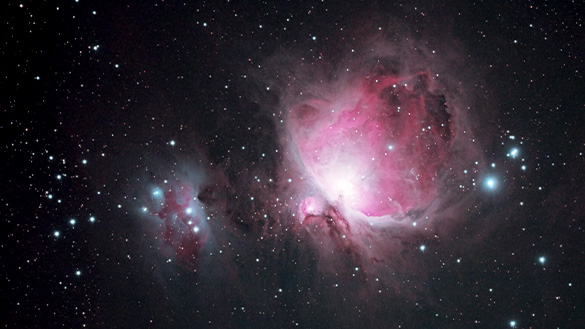
A nebula is a cloud of dust and gas found in space. It can be created from the remains of a dying star.
The plural of nebula is nebulae. Nebulae can be different shapes and colours. They are often visible as dark or light patches of light. The matter within nebulae becomes denser as gravity pulls together the dust and gas. When this happens, stars or planets can be created.

Comets are frozen masses that orbit the Sun and are made up of rock, dust and ice leftover from the formation of our solar system. When a comet’s orbit comes within a certain range of the Sun, a “tail” of dust and gas becomes visible behind the comet’s path.

Asteroids are another component that are leftovers from the formation of our solar system, but these dense, rocky pieces are large enough that they are sometimes called “minor planets” (Asteroids, 2022).
Most of the asteroids in our solar system orbit the sun in the asteroid belt – a section of our solar system between Mars and Jupiter that divides the Inner Planets (Mercury, Venus, Earth and Mars) from the Outer Planets, also known as the Gas Giants (Jupiter, Saturn, Uranus and Neptune).
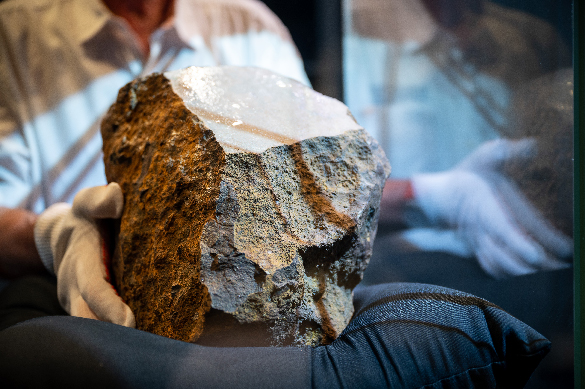
A large stone meteorite found in Germany on display in a museum in 2020.
A meteoroid is a small piece of an asteroid or a comet that are usually by a collision of these items in space. It is a dense, rocky substance that scientists often call “space rocks”.
When a meteoroid enters the Earth’s atmosphere, it transforms into a meteor when the drag created by its high speed and the air in our atmosphere causes the meteoroid to burn up creating a streak of light in its trail. These meteors are what we know as “shooting stars”.
Meteorites are meteoroids that have successfully made the trip through the Earth’s atmosphere and land on Earth. They can vary greatly in size, shape and texture, but generally look like unique rocks! (Meteors & Meteorites, 2021)
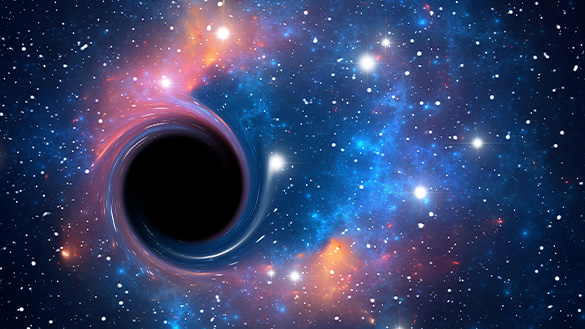
When a large star runs out of energy, the centre of the star collapses under its own weight. This collapse causes an explosion called a supernova. The star is then squeezed into a very small hole. The gravity created in this hole is so strong that anything close to it gets pulled into it. This even includes light which is the fastest substance in the universe! This swallowing of light is what is called a black hole.
For each sentence, select the missing <letter, word, or phrase> from the drop-down menu.
Future impacts
This learning activity connects new and existing approaches for young scientists to create positive changes in their communities.

Aviation technology
Now that you have explored our solar system and its components, let’s focus on how we travel and explore on our planet Earth and learn more about it using aviation technology.
Aviation is a field of science and technology that focuses on the development, design, and operation of aircrafts. This includes planes, helicopters, drones and even spacecrafts. Aviation technology requires an understanding of the principles of flight, designing, engineering, and building aircrafts, testing aircrafts for safety, planning air travel routes, and much more.
Aviation technology is used throughout the world for so many different things!
Brainstorm some uses of aircraft technology and record your ideas orally, digitally, in print, or in another method of your choice.
Let’s investigate further! Explore some of the uses of aviation technology in the following examples.
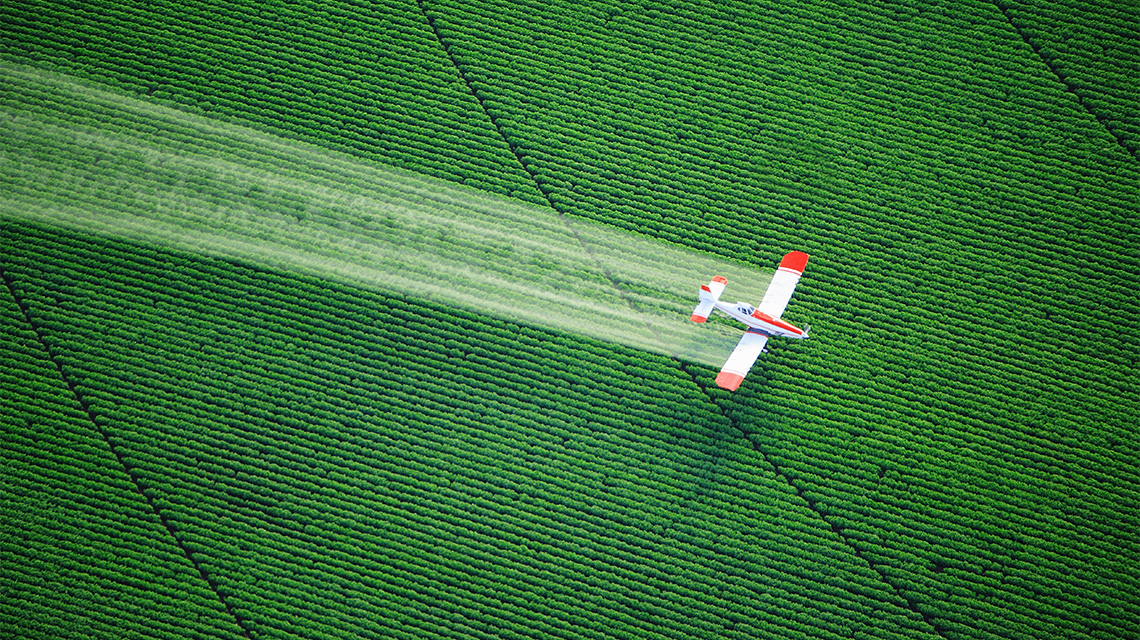
Agricultural planes, sometimes referred to as ‘crop dusters’, are airplanes designed with special holding tanks for fertilizers, pesticides, and even seeds. These planes provide nutrients and protection from pests by flying over the fields and spraying the crops.
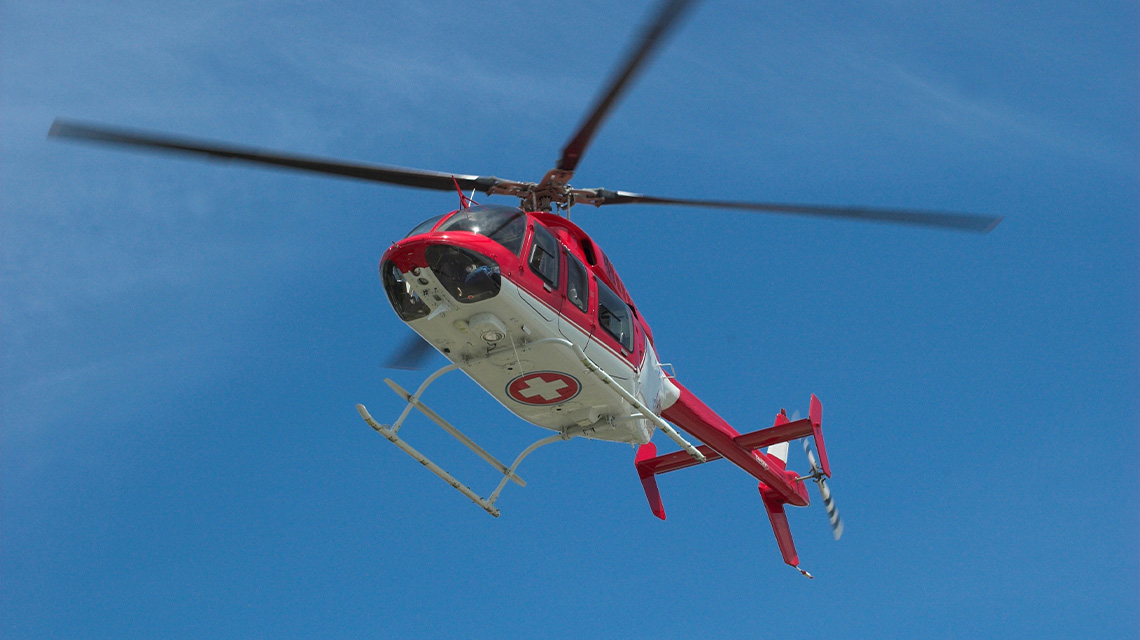
Airplanes and helicopters allow for quick transportation of injured patients to hospitals and organs for life saving transplants to be delivered quickly.

Aviation is essential to tourism and travel. Flying across great distances for a vacation, business, or to visit someone can be most efficient by plane. Also, tourist destinations experience a growth in economy due to air travel.
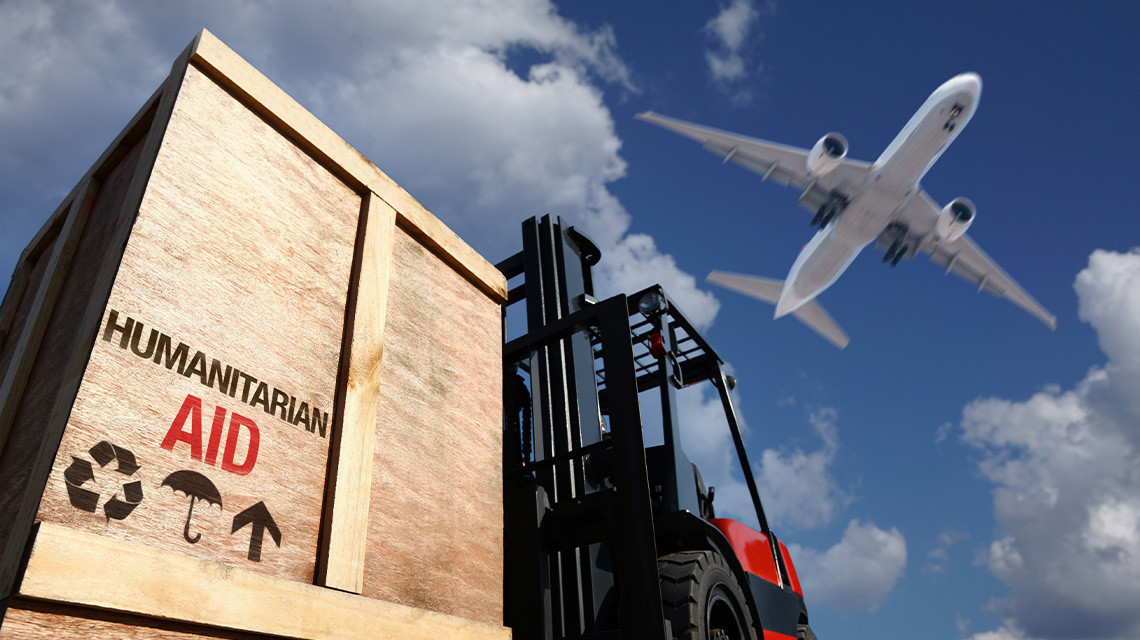
Aviation technology makes it possible to send emergency and humanitarian relief to any place on Earth. For example, during a flood, storm, or earthquake, airplanes and helicopters can deliver emergency supplies and rescue victims.
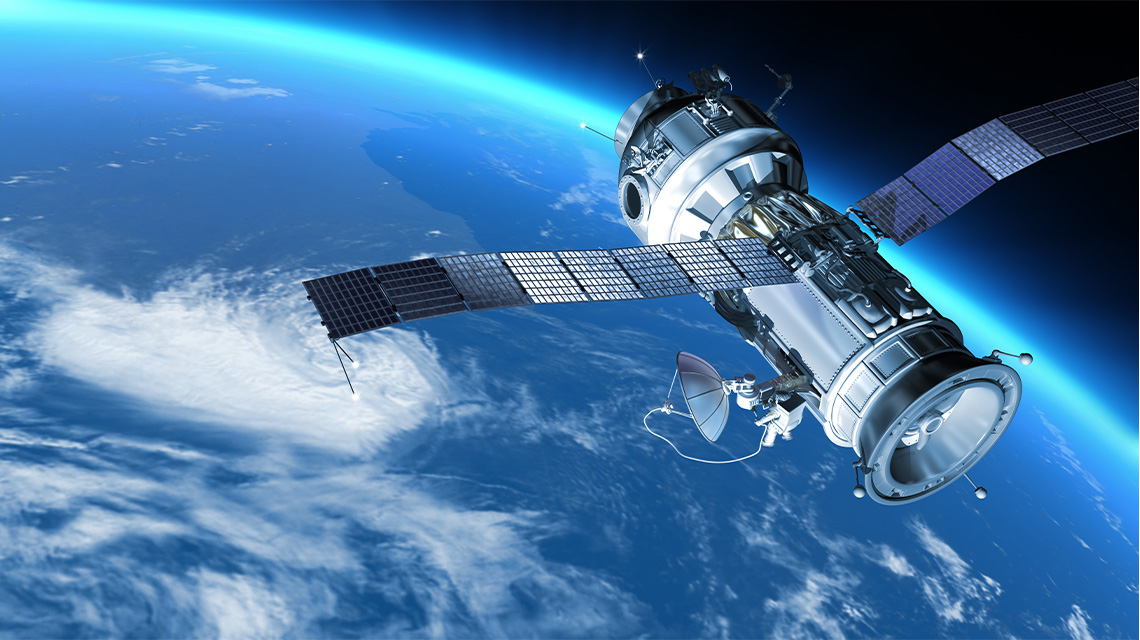
Aviation can be used in a variety of ways to advance technology. For example, the communication systems used in planes have led to better ways for people to communicate on the ground and navigation tools have helped to create GPS devices. Aviation technology sent to space has helped predict weather, monitor the environment, and create new tools and inventions.
Brainstorm
Brainstorm
Based on what you’ve learned so far, what do you think some of the positive and negative impacts of aviation technology might be? Consider how it is benefiting communities and how it might be impacting the environment.
Local and global impacts
Aviation technology has a significant impact on both global and local communities around the world. You have already explored some of the uses for aviation technology which highlight the positive impacts it can have on the world around us. There are a few other benefits to aviation technology, such as:
- people can travel to faraway places
- countries can trade and transport goods, such as fruits, clothing, and electronics
- many places rely on tourism, which boost the local economy of places and creates jobs in hotels, resorts, restaurants, and other business
- aviation creates an increase in employment to design, build, operate, and fix aviation technology.
However, aviation technology can also negatively impact global and local communities. Let’s explore some of these negative impacts in the following matching activity.
Explore each description and match it with the impact of aviation technology.
Reading Time
Aviation and climate change
The David Suzuki Foundation is a Canadian organization that works with governments, businesses and individuals to try and solve environmental issues that affect us all.
One area of focus for this foundation is aviation and climate change.
Let’s explore a few facts that the David Suzuki Foundation have highlighted as concerns:
- One return flight from Montreal to London emits as much carbon emissions as heating a European home for an entire year.
- If the aviation sector were a nation, it would be among the top 10 global emitters. It is responsible for 12% of transportation emissions.
- The global tourism industry is responsible for eight percent of global emissions — more than the construction industry!
- Airline flying is going up five percent a year, but efficiency improvements have only increased by one to two per cent.
- Airline emissions make up a little more than three per cent of total emissions in Canada.
- The total carbon impact of a single flight is so high that avoiding just one trip can be equivalent to going (gasoline) car-free for a year.
- (Air Travel and Climate Change, 2020)
Create a list of positive and negative impacts of aviation technology on the local and global community. You could record your ideas using the graphic organizer provided, or orally, digitally, in your notebook, or in another method of your choice.
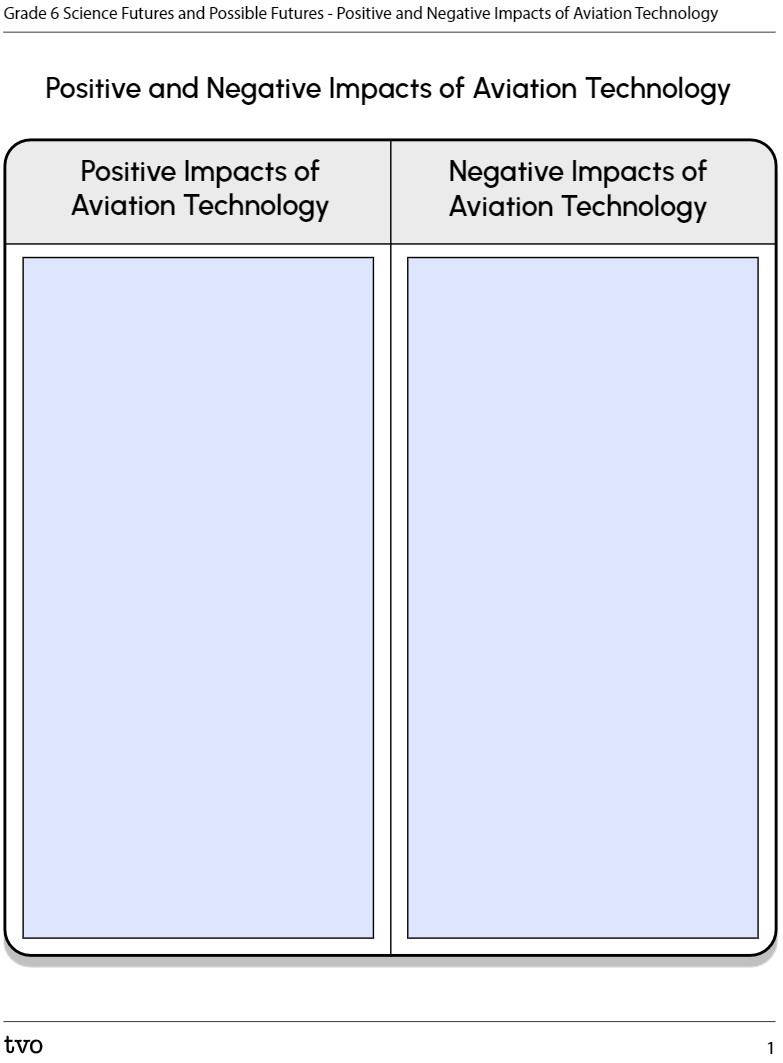
Press the Activity button to access the Positive and Negative Impacts of Aviation Technology.
Activity (Open PDF in a new tab)Consolidation
Learning check!
Based on what you’ve learned, check your understanding using the following true or false activity.
Select the correct answer, then press “Check Answer” to see how you did.
Pause and Reflect
Pause and reflect
Based on your learning in the Action section, how does aviation technology affect both local and global communities? What is some of the main information you would share with someone learning about the impacts of aviation technology?
Why might it be important to continue our exploration of space and our solar system?
Do you have any questions about space exploration and/or the components of our solar system?
If possible, record your thoughts and share with a partner.
Reflection
As you read through these descriptions, which sentence best describes how you are feeling about your understanding of this learning activity? Press the button that is beside this sentence.
I feel…
Now, record your ideas using a voice recorder, speech-to-text, or writing tool.